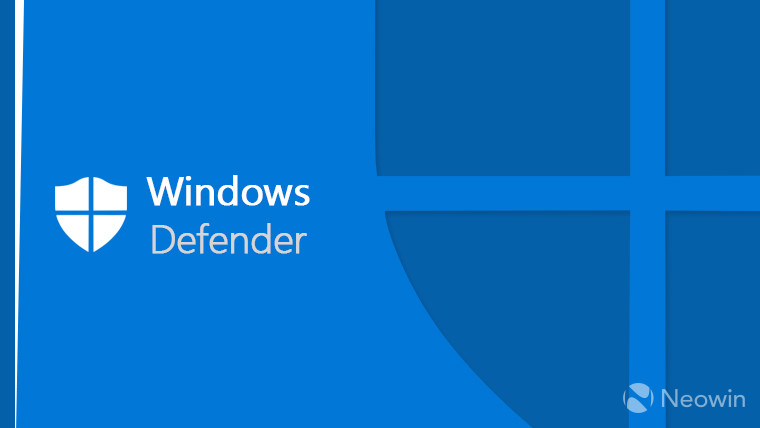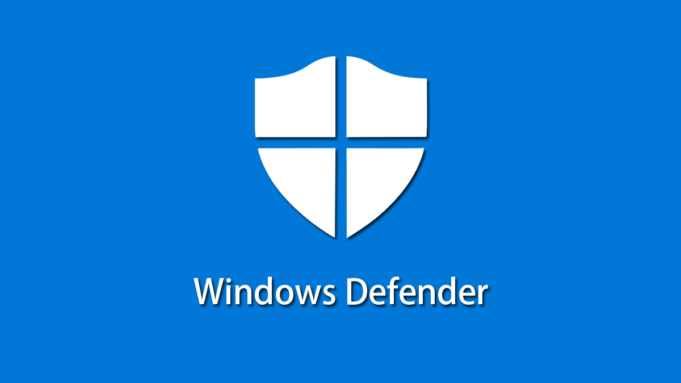


You’ll notice that AntiSpyware, AntiVirus and Network Inspection System (NIS) signatures are all updated at the same time so you only need to query one signature: (Get-MpComputerStatus).NISSignatureLastUpdated (Get-MpComputerStatus).AntivirusSignatureLastUpdated (Get-MpComputerStatus).AntispywareSignatureLastUpdated … or use one of these 3 commands to just query the timestamp of the last signature updates. (Yes, I know this screenshot is of an elevated PowerShell console… but it doesn’t need to be. You can also use an unelevated PowerShell console to query Defender‘s status: Note that you can also use Task Scheduler to run PowerShell (with highest privileges and an argument of Update-MpSignature) to do the same… or do the same in an elevated PowerShell console whenever you want: Please take into account that I’m a computer idiot. Is there a way to get the updates automatically? Is so how? The MS website I found had a bunch of other stuff about MS Defender, but to the extent that it didn’t seem applicable, it was Greek to me, so here I am. I followed the instructions, but that’s really not much of a solution, since I don’t restart my computer all that often. I then looked on the Microsoft website, and found instructions about how to use the group policy editor to set up automatic updates on startup. I looked in Windows Updates | Windows Security | Virus and threat protection, and couldn’t find anything about updating. I then have to dig into Settings | Update and Security, and manually do the download. So for now, every time there’s a virus definition update, I get one of those annoying notifications telling me that I have to update something. I’d like to keep the virus definitions updated automatically, while otherwise keeping Windows updates in general paused, but I can’t figure out how to do it.


 0 kommentar(er)
0 kommentar(er)
